Digital Poster
New Insights in Flow-Related Methods
ISMRM & ISMRT Annual Meeting & Exhibition • 10-15 May 2025 • Honolulu, Hawai'i

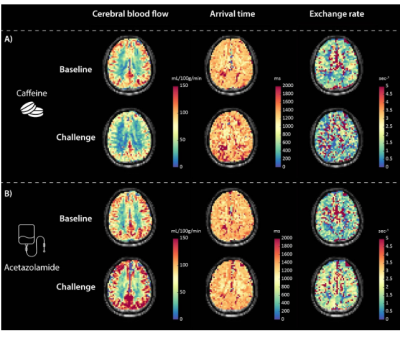 |
Computer Number: 49
2468. Effects
of acetazolamide and caffeine on blood-brain-barrier water
permeability measured by non-invasive ASL-based MRI sequences
J. D. Fernandes, K. Baas, L. Václavů, B. Padrela, M. Caan,
B. Biemond, A. Nederveen, J. Wood
Amsterdam UMC, Amsterdam, Netherlands
Impact: We demonstrate that the expected physiological
effects of caffeine and acetazolamide on brain oxygen
extraction fraction, perfusion and BBB function were
captured on spin-labeling-based techniques. Combining these
drugs and MR-sequences could be useful for research
evaluating therapies in neurological disorders.
|
|
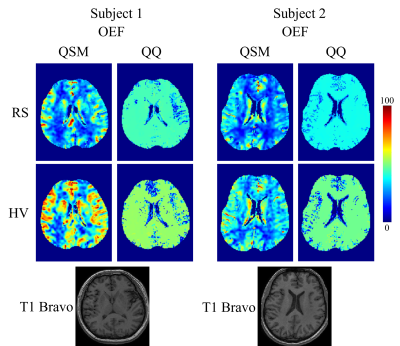 |
Computer Number: 50
2469. SENSITIVITY
ASSESSMENT OF QSM+qBOLD (or QQ) IN DETECTING ELEVATED OXYGEN
EXTRACTION FRACTION (OEF) IN PHYSIOLOGICAL CHANGE
P. Elanghovan, T. Nguyen, P. Spincemaille, Y. Wang, J. Cho
The State University of New York at Buffalo, Buffalo, United States
Impact: This
study demonstrates QQ’s
sensitivity to physiologically increased OEF during
hyperventilation. With high OEF expected in various
cerebrovascular disorders, including vascular dementia and
Parkinson’s
disease, this finding suggests that QQ can help
in understanding abnormal brain metabolism in such
disorders.
|
|
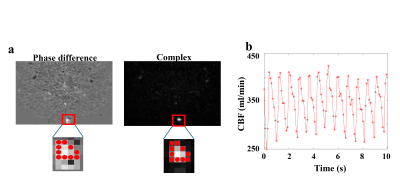 |
Computer Number: 51
2470. Real-time
EPI-based phase-contrast MRI for the measurement of
cerebrovascular reactivity
D. S. Sankaralayam, J. Wu, C. Xu, T. Akinwale, P. Liu, H. Lu
Johns Hopkins University School of Medicine, Baltimore, United States
Impact: This study could establish a quicker, more
accessible real-time method for cerebrovascular reactivity
assessment, improving early diagnosis and personalized
monitoring of cerebrovascular conditions, especially for
cognitive impairment and small vessel disease in clinical
and research settings.
|
|
 |
Computer Number: 52
2471. Study
of flow dynamics in realistic aneurysm phantom with 4D flow MRI,
Optical Transmission (OT), and Magnetic Particle Imaging (MPI)
T. Reichl, A. el Ahmar, T. Kampf, J. Günther, M. A. Rückert,
T. A. Bley, S. Herz, V. C. Behr, S. Schnell, P. Winter, P.
Vogel
Julius-Maximilians University Würzburg, Würzburg, Germany
Impact: Three modalities, 4D flow MRI, OT and MPI were
used to visualize and compare the flow dynamics in realistic
aneurysm phantoms with good agreement. The vessel curvature
was found to strongly influence the flow dynamics.
|
|
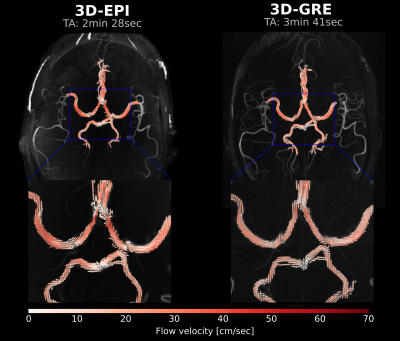 |
Computer Number: 53
2472. Inherent
velocity encoding in EPI-based phase contrast MRI using a
modified flyback approach
S. Blömer, R. Stirnberg, T. Stöcker
Deutsches Zentrum für Neurodegenerative Erkrankungen, Bonn, Germany
Impact:
Interleaved flyback EPI achieves velocity encoding through the readout gradients rather than Venc gradients and simultaneously addresses key limitations of conventional EPI-based Venc. If shown to match gold-standard accuracy, it could reduce acquisition times by one-third. |
|
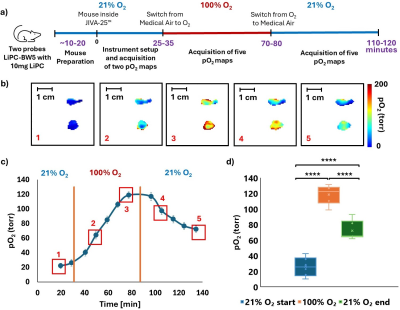 |
Computer Number: 54
2473. Composite
Spin Probes with Adjustable Oxygen Sensitivity for Pulse EPR
Imaging
I. Canavesi, N. Viswakarma, R. Khurana, B. Epel, P.
Kuppusamy, M. Pagel, M. Kotecha
O2M Technologies, LLC, Chicago, United States
Impact: We developed novel robust solid composite probes
with adjustable oxygen sensitivity that allow pO2 imaging
using pulse EPRI in full physiological range. Solid probe
imaging will provide new insights where repeated and
frequent oxygen measurements are needed.
|
|
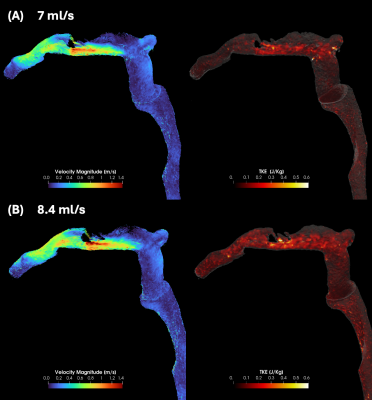 |
Computer Number: 55
2474. Characterization
of Turbulence and Pressure Gradients in Venous Sinus Stenosis: A
Phantom Study using 4D Flow MRI with ICOSA6 Encoding and vWERP-t
J. Schollenberger, H. Ali, K. Valluru, M. Amans, D.
Nordsletten, D. Saloner, D. Marlevi
University of California - San Francisco, San Francisco, United States
Impact: This work demonstrates the feasibility of
measuring turbulence-driven pressure gradients in venous
sinus flows non-invasively, laying the groundwork for future
in-vivo studies to investigate the relationship between
pulsatile tinnitus and venous sinus hemodynamics.
|
|
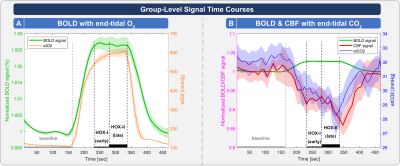 |
Computer Number: 56
2475. Cerebral
blood volume mapping using hyperoxia and oxygenation-sensitive
MRI is robust to O2-induced hypocapnia
G. Hoffmann, E. Saks, N. Blockley, C. Zimmer, C. Preibisch,
S. Kaczmarz
Technical University of Munich, Munich, Germany
Impact:
This study supports hyperoxia (HOX) BOLD-fMRI as promising for non-invasive CBV-mapping. Despite moderate HOX-induced hypocapnia, CBV remained stable. Thus HOX-CBV may enhance neuroscientific research, especially for quantitative BOLD-fMRI. Also, it may facilitate clinical imaging in patients with contrast-agent contraindications. |
|
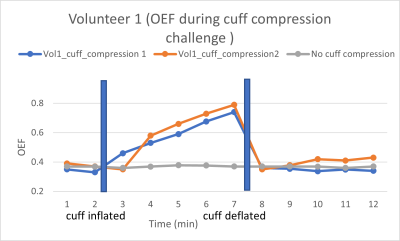 |
Computer Number: 57
2476. Calf
muscle oxygen extraction fraction measurement using the multi
contrast EPI with keyhole sequence – feasibility study.
M. Wylezinska-Arridge, C. Pizzamiglio, F. Küppers, N. J.
Shah, L. Mancini, D. Thomas, R. Pitceathly, J. Thornton
National Hospital for Neurology and Neurosurgery, London, United Kingdom
Impact: This work supports the feasibility of using a
recently developed multi contrast EPI with keyhole sequence
to quantify T2, T2* and oxygen extraction fraction in
skeletal muscle. This could prove a valuable tool for
studying oxygen metabolism in muscles in health and disease.
|
|
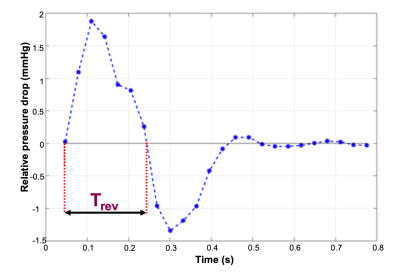 |
Computer Number: 58
2477. MRI
4D-flow virtual Work-Energy analysis of pulmonary arterial
vortical flow and pressure reversal in pulmonary hypertension
R. Karim, A. Fyrdahl, J. Ramos, M. Melin, P. Sundblad, D.
Marlevi*, B. Wieslander*
Department of Clinical Physiology, Karolinska Institutet, and Karolinska University Hospital, Stockholm, Sweden
Impact: Our results contribute to elucidating the
mechanistic link between pulmonary hypertension and vortical
blood flow in the pulmonary artery, which may in turn inform
the appropriate clinical role of 4D-flow MRI in pulmonary
hypertension.
|
|
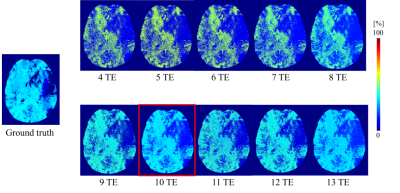 |
Computer Number: 59
2478. An
Optimal, Routinely Applicable Multi-Echo Gradient Echo (mGRE)
Data Acquisition Scheme for QQ-based Oxygen Extraction Fraction
(OEF) Mapping
A. Misra, J. Cho
State university of new York at buffalo, Buffalo, United States
Impact: The
proposed sampling scheme requires no additional
modifications to the routine mGRE sequence, it can be
therefore readily applied in clinical settings,
enhancing the detection of lesion abnormalities.
|
|
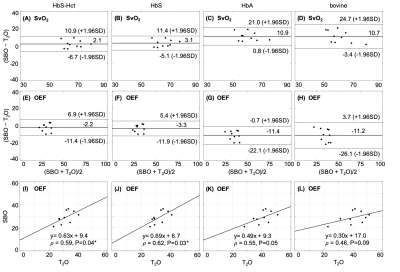 |
Computer Number: 60
2479. Comparison
of MR-based oximetry for whole-brain oxygen extraction fraction
in adults with sickle cell disease
Y-H Chen, P-H Wu, S. Chawla, F. Sayani, J. E. Russell, F. W.
Wehrli, S. A. Nabavizadeh
National Sun Yat-sen University, Kaohsiung, Taiwan
Impact: SBO and T2O are in good agreement in OEF
estimation, in excellent consistence with the trend reported
for healthy subjects.
|
|
 |
Computer Number: 61
2480. Multi-Echo
versus T2-Prepared pCASL: what to use for measuring water
transport across the Blood Brain Barrier
H. Durrant, M. J. van Osch, L. Václavů
Leiden University Medical Center, Leiden, Netherlands
Impact: This work informs the community about which
multi-TE ASL sequence should be used for BBB water transport
measurements. Moreover, it highlights potential pitfalls and
inaccuracies associated with the sequences, which will help
to provide more reliable interpretation of future results.
|
|
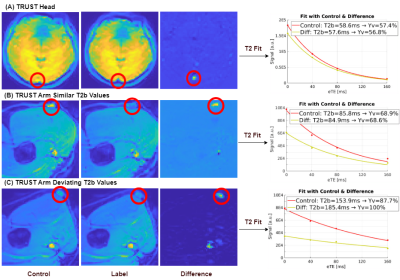 |
Computer Number: 62
2481. Venous
oxygenation measurements in the upper arm: reproducibility and
sensitivity to a physical challenge
J. D. Fernandes, K. Baas, J. Wood, M. Caan, B. Biemond, A.
Nederveen
Amsterdam UMC, Amsterdam, Netherlands
Impact: The optimized TRUST sequence enables fast-T2b
measurements in upper arm veins, allowing accurate,
disease-specific venous calibration curves via a-posteriori blood
characteristic correlation. This may improve oxygenation
assessment using TRUST in various patient groups, providing
a tool to investigate pathological mechanisms.
|
|
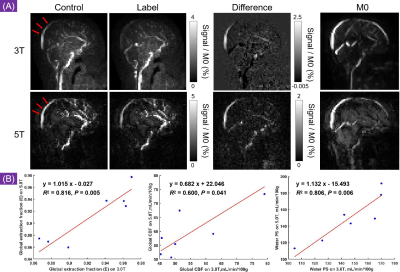 |
Computer Number: 63
2482. Non-contrast
MR imaging of blood-brain barrier permeability to water at 5T:
Improved reliability compared to 3T
S. Yu, S. Chen, P. Sui, Q. Xu, N. Yang, X. Ye, X. Zhang, J.
Zhu, H. Lu, X. Zhao, Z. Lin
Tsinghua University, Beijing, China
Impact: We proposed a WEPCAST imaging protocol at 5T
that provided a superior performance in BBB assessment when
compared to 3T, highlighting the potentials of 5T MRI in
physiological imaging of the brain.
|
|
 |
Computer Number: 64
2483. A
comparison of gas-free MRI methods for CMRO2 quantification in
primary brain tumour
S. Zappalà, E. Patitucci, J. Powell, S. Iqbal, F. Küppers,
J. Shah, R. Wise, M. Germuska
Cardiff University, Cardiff, United Kingdom
Impact:
Common implementations for gas-free CMRO2 quantification do not account for non-blood susceptibility sources. This is demonstrated to be problematic for an R2’ based qBOLD implementation in primary brain tumour, where haemorrhage and iron deposition can occur concurrently with metabolic changes. |
The International Society for Magnetic Resonance in Medicine is accredited by the Accreditation Council for Continuing Medical Education to provide continuing medical education for physicians.